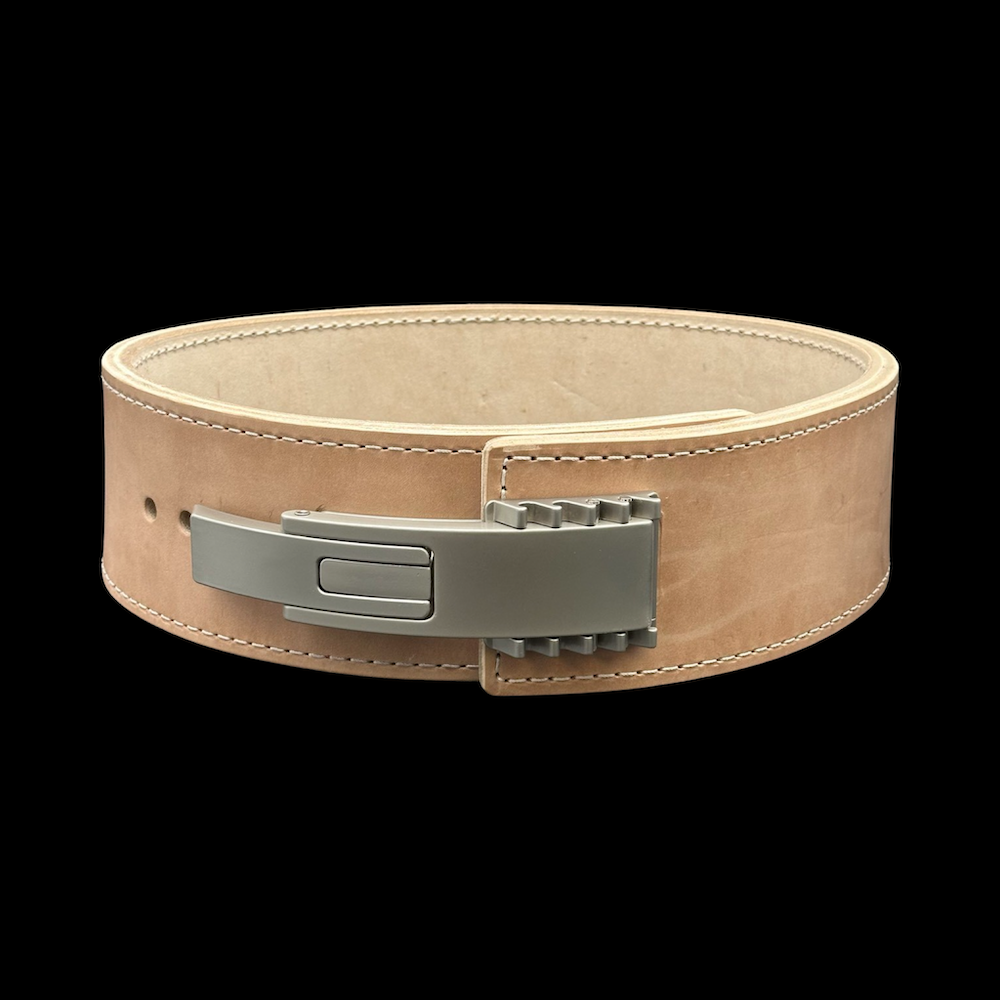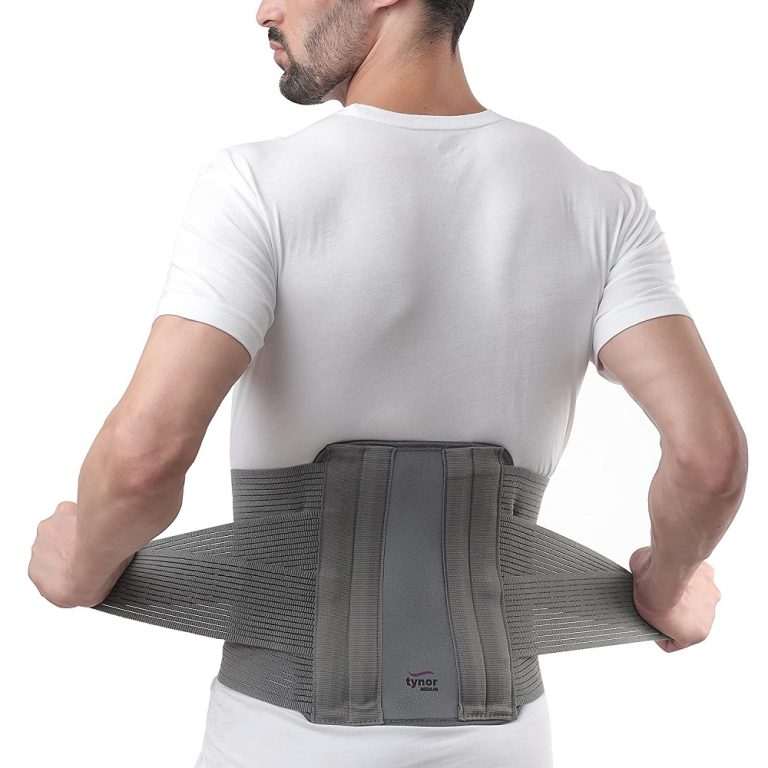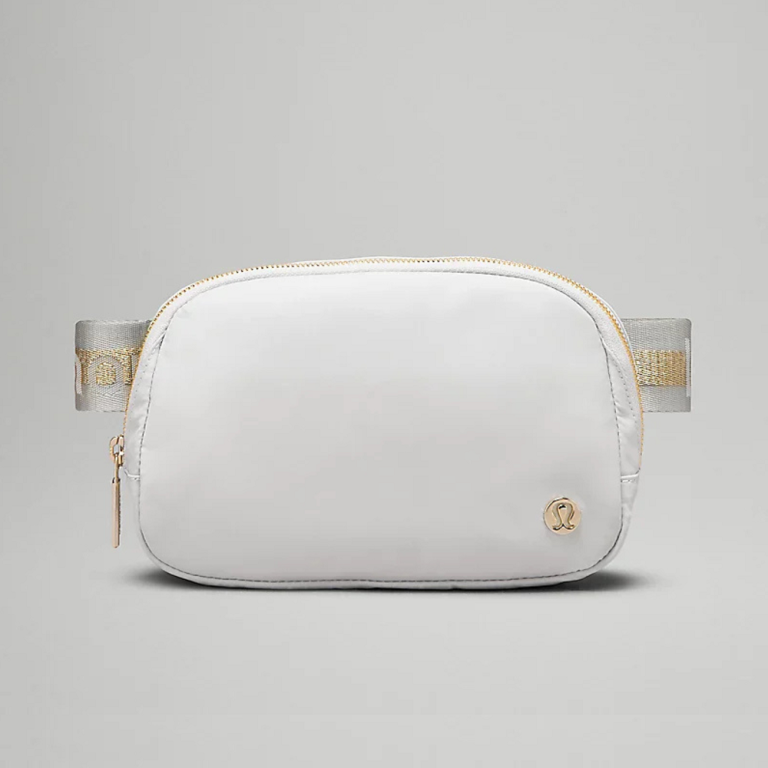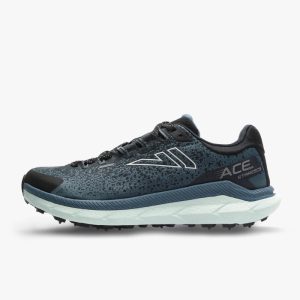A lifting belt is a common accessory among weightlifters, bodybuilders, and fitness enthusiasts. Its primary purpose is to provide support to the lower back and core during heavy lifts. However, its benefits extend beyond just back support. A lifting belt can enhance performance, improve posture, and contribute significantly to overall safety in the gym. This article will explore the various advantages of using a lifting belt, how to choose the right one, proper usage techniques, and maintenance tips for longevity.
The Importance of a Lifting Belt
Supporting Your Core
One of the main functions of a lifting belt is to support the core muscles. When lifting heavy weights, the body creates intra-abdominal pressure. This pressure stabilizes the spine and reduces the risk of injury. A lifting belt helps increase this pressure, providing additional support to the muscles in the abdominal area and lower back.
By wearing a lifting belt, athletes can maintain proper alignment while performing complex movements. This alignment is crucial for heavy lifts like squats, deadlifts, and overhead presses. Without proper support, the risk of injury increases significantly. A lifting belt acts as a safety mechanism, ensuring that the core remains engaged during heavy lifts.
Improving Performance
In addition to safety, lifting belts can also improve performance. Many athletes report being able to lift heavier weights when using a belt. The added support allows for better positioning and muscle engagement. As a result, individuals may experience an increase in strength and an improved ability to perform their desired lifts.
Research indicates that many lifters can handle 5 to 15% more weight with the help of a lifting belt during compound exercises. This added capacity enables individuals to push their limits and achieve personal records more effectively. The psychological boost from wearing a lifting belt should not be overlooked either, as it can instill confidence when tackling tough lifts.

Choosing the Right Lifting Belt
Understanding Material and Design
When selecting a lifting belt, it is important to consider the material and design. Lifting belts are typically made from nylon, leather, or suede. Each material offers unique benefits. Leather belts are known for their durability and traditional feel. While often stiffer, they provide excellent support for heavy lifts. Suede belts are softer and offer more comfort while still maintaining strength.
Nylon belts, on the other hand, are more flexible, making them a good choice for dynamic movements or powerlifting. They are often lighter and easier to adjust. Understanding the pros and cons of each material will help you choose a belt that aligns with your lifting style and preferences.
Selecting the Right Size
Finding the right size is crucial for effectiveness and comfort. A lifting belt should fit snugly around your waist but not be too tight to restrict movement or breathing. Most manufacturers provide sizing charts that take into account your waist measurement. Measure your waist at the navel to determine the best fit.
When trying on a belt, it should rest comfortably around your midsection. You should be able to adjust the tightness easily, ensuring it provides support during lifts without compromising mobility. A properly fitted belt enhances performance and prevents discomfort during workouts.
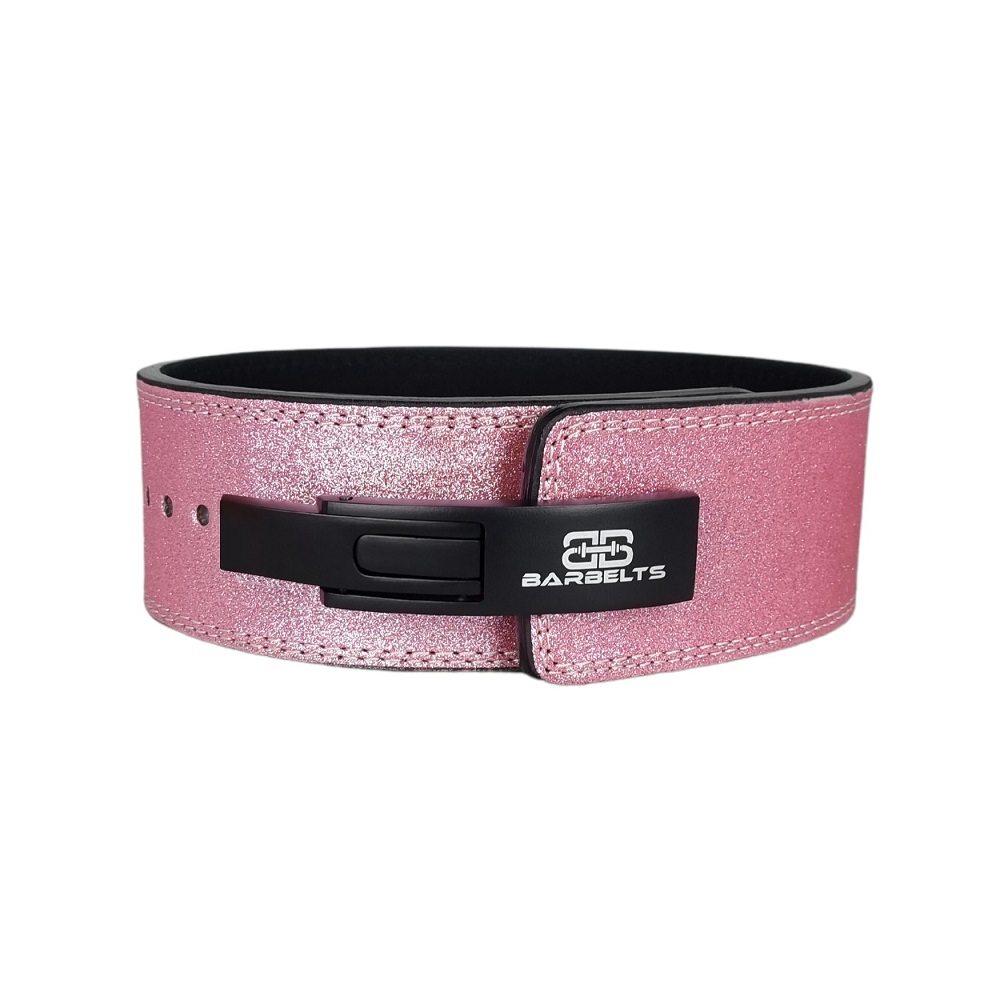
How to Use a Lifting Belt Correctly
Proper Positioning
Correct positioning of the lifting belt is essential for maximizing its benefits. The belt should sit just above the hip bones and at the level of the abdominal muscles. It should cover the lower back and remain centered on the body. Adjust the height according to your personal comfort, as some athletes may prefer it higher or lower.
Before beginning your lift, tighten the belt. You should feel enough pressure to provide support without feeling constricted. The goal is to create intra-abdominal pressure, which stabilizes the core throughout the lift. Experimentation may be needed to find the perfect tightness for your body type and lifting style.
Timing Your Use
While lifting belts are beneficial, they should not be used for every exercise. It is essential to know when to incorporate a belt into your routine. Reserve the belt for heavy compound lifts or exercises that place a significant load on your back. For lighter lifts or isolation exercises, it is often better to perform without a belt. This approach allows the core to engage naturally, building strength and stability over time.
Using a lifting belt too frequently can lead to reliance on the additional support, which may weaken your core muscles. To avoid this, limit use to heavy lifting sessions and specific exercises. This strategy ensures that you harness the benefits of the lifting belts without sacrificing core development.
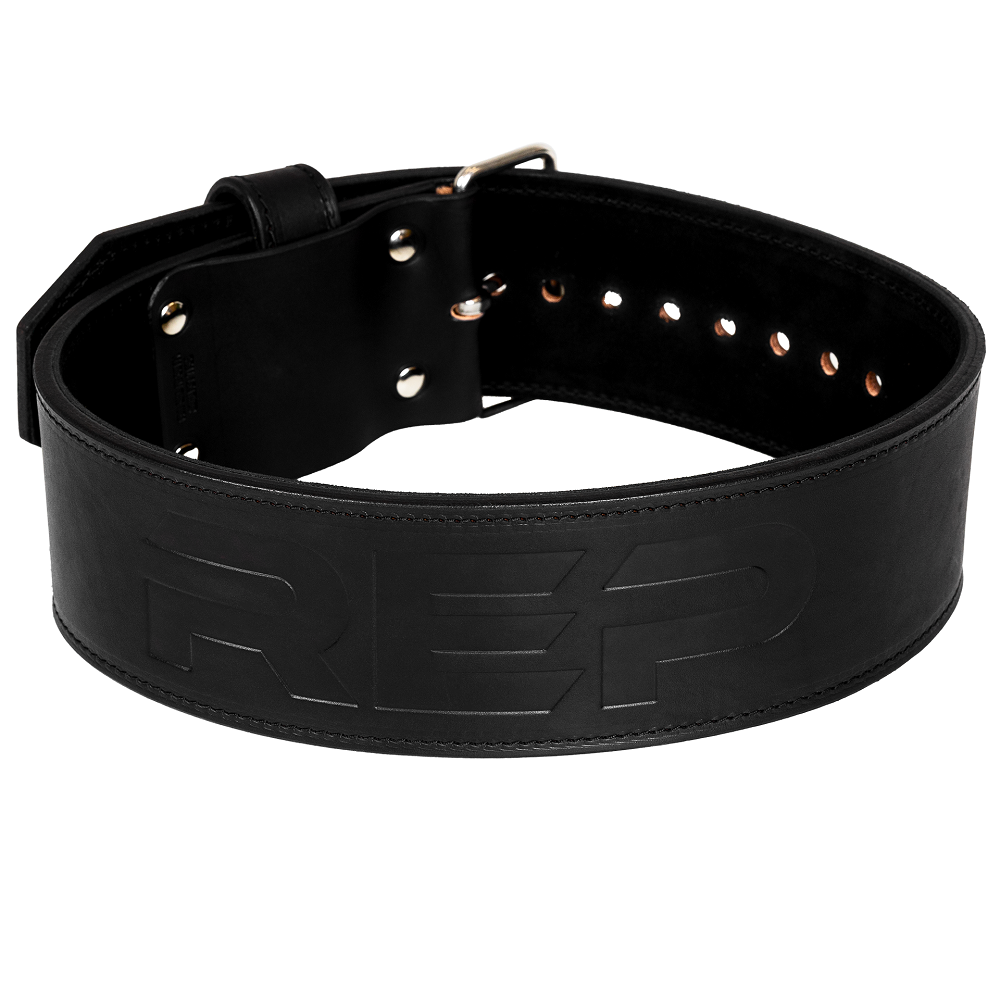
Benefits for Beginners and Experienced Lifters
Benefits for Beginner Lifters
For beginner lifters, using a lifting belt can help establish good form and technique from the start. The added support gives new athletes the confidence to safely attempt heavier weights. With proper guidance, beginners can learn how to utilize a lifting belt effectively, enhancing their overall training experience.
Beginners often struggle with stability during lifts. A lifting belt provides a layer of security and comfort while developing foundational strength. This early exposure to safe lifting practices can set the tone for their future training regimen and help prevent injuries.
Benefits for Experienced Lifters
Experienced lifters can further enhance their performance by incorporating a lifting belt into their training routines. As they increase the weights lifted, the belt assists in maintaining proper body mechanics and alignment. This support allows advanced athletes to push their limits without risking injury.
Moreover, experienced lifters can use the lifting belts to help achieve new personal records. With the boost in support and confidence provided by the belt, they can attempt heavier lifts than when lifting unbelted. This achievement can motivate athletes to keep progressing in strength training.
Common Misconceptions about Belts
Belts are Only for Powerlifters
One common misconception is that lifting belts are only for powerlifters or competitive athletes. In reality, anyone who engages in resistance training can benefit from using a lifting belt. Whether you are a bodybuilder, CrossFit enthusiast, or simply lifting weights for general fitness, a lifting belt can enhance your workouts.
While competitive lifters may use belts exclusively for heavy lifts, casual gym-goers can also incorporate them into their routines. Knowing when and how to use a lifting belt appropriately allows a wider range of individuals to enhance their training safely.
Belts Will Prevent All Injuries
Another misconception is that wearing a lifting belt will prevent all injuries. While a lifting belt provides essential support, it does not replace the importance of good lifting technique, warm-up routines, and proper conditioning. A belt should be seen as a tool that assists in specific situations, not a blanket solution for safety.
Injuries can still occur due to improper form or lifting too heavy without adequate preparation. Lifters should prioritize education around safe lifting practices and understand the importance of building core strength through a variety of exercises.
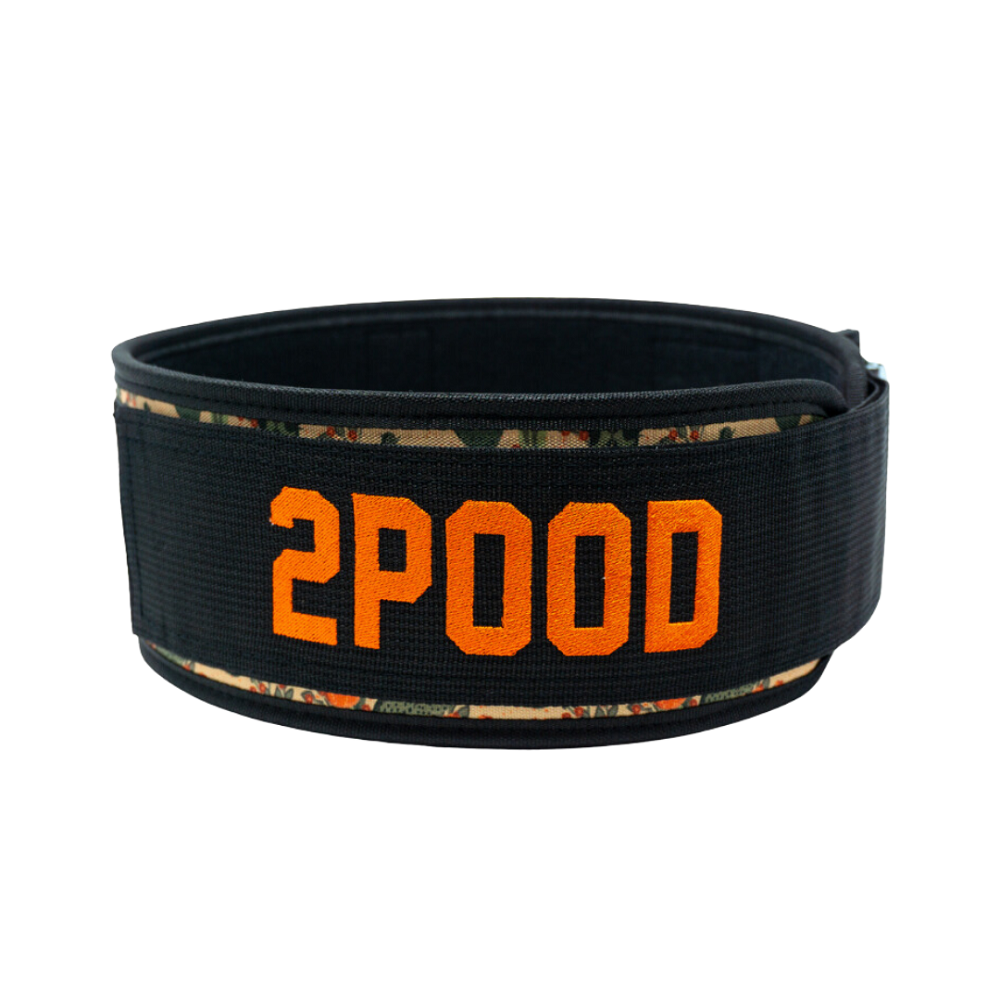
Caring for Your Belt
Proper Cleaning Techniques
Maintaining your lifting belt is essential for ensuring its longevity and performance. Different materials require different cleaning techniques. For leather belts, gently wipe them down with a damp cloth after use to remove sweat and debris. Regular conditioning with a leather conditioner will preserve the material and minimize cracks.
If you have a nylon belt, hand-wash it with warm water and mild soap. Ensure that it is thoroughly dried before storage. Avoid exposing your belt to heat sources, which can cause damage over time. Following these cleaning methods ensures that your lifting belts remains effective and in good condition.
Storing Your Lifting Belt
How you store your lifting belts can also affect its lifespan. Avoid folding it excessively, as this can lead to creases or damage. Instead, hang it on a hook or lay it flat in a cool, dry place. Proper storage prevents unnecessary wear and helps maintain the integrity of the material.
If your lifting belts comes with a hard shell or padding, store it in an environment with stable temperatures. Extreme heat or moisture can diminish its effectiveness. Creating a dedicated space for your belt ensures that it remains ready for each workout session.
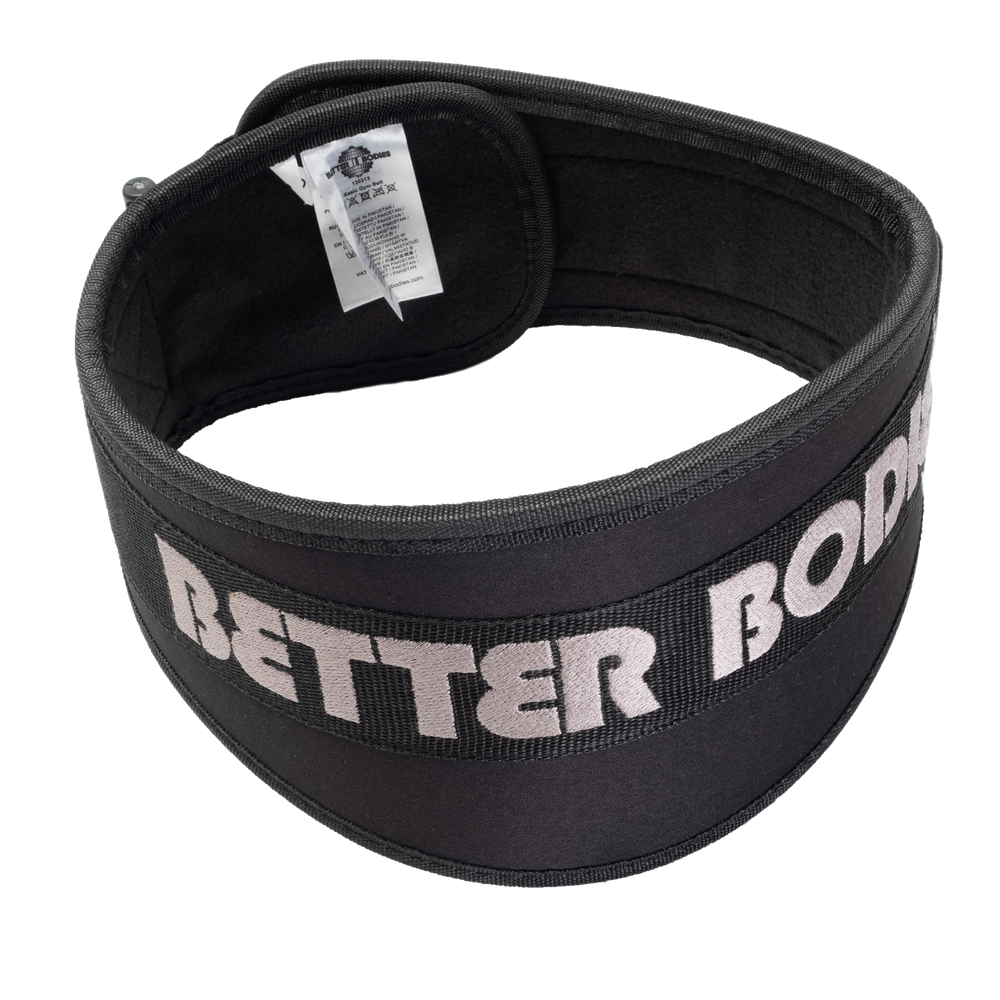
Elevating Your Training with a Belt
In conclusion, a lifting belt is a vital tool for anyone serious about their strength training. It enhances performance by providing support to the core muscles and improving stability during heavy lifts. Understanding how to choose, use, and care for a lifting belt will maximize its benefits.
Both beginners and experienced lifters can enhance their training with the appropriate use of a lifting belt. By incorporating this accessory into a well-structured workout routine, athletes can achieve their goals while minimizing the risk of injury.
Ultimately, the right lifting belts allows individuals to lift heavier weights confidently, encourages proper form, and enhances safety during workouts. As you embark on your fitness journey, consider the benefits of a lifting belt. With the right tools in place, you can elevate your training and achieve new personal bests with safety and performance in mind.
